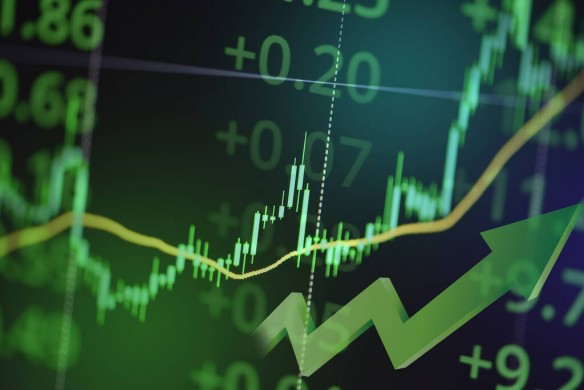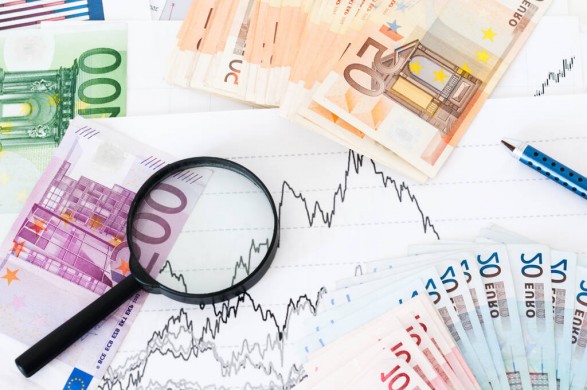There is this image floating around LinkedIn last week, and you might wonder what it has to do with trading. The truth is—quite a lot. Both the image and the reactions it drew reveal a core reason why so many people struggle with investing. Nearly every comment on that image simply repeated the original claim. No one questioned the numbers. No one challenged the assumptions. Everyone just accepted it as fact.

The ironic part? The post was completely wrong. Setting aside its flawed understanding of obesity—and ignoring the basic truth that no amount of exercise can undo a consistently poor diet—a quick 30-second search would have exposed the inaccuracy. But nobody bothered. Either it aligned with their existing beliefs or they couldn’t be bothered to check.
For context, World Health Organization data shows that about 13% of the global adult population is obese—around 1 billion people, not 5 billion.

So what does this have to do with trading? Everything. Take a look at the screenshot below showing analysts’ price targets for SPK. It’s a perfect example of why you should always think critically rather than blindly accept whatever is presented to you.
If you treated these analyst ratings as unquestionable truth—as many investors unfortunately do—you’d immediately go long on SPK. You’d also accept the price forecasts without hesitation: an average target of $3.49 for next year, with the most optimistic projection reaching $4.55.
But then there’s the actual SPK price chart, complete with the drawdown plotted. Most people won’t even glance at it. Why? Because that requires independent thought, not blind reliance on expert opinions—or the comfort of having your own biases reinforced.
In reality, just two basic questions can reveal whether these analyst forecasts have any grounding in facts or if they’re nothing more than hopeful guesses:
- Is there more red than green on the chart?
- Is the price trading below its long-term moving average?
The answer to both questions is obvious: no. Yet most investors never bother to ask, because doing so requires the one thing they routinely avoid—thinking for themselves.
Learn from market wizards: Books to take your trading to the next level


 Hot Features
Hot Features











